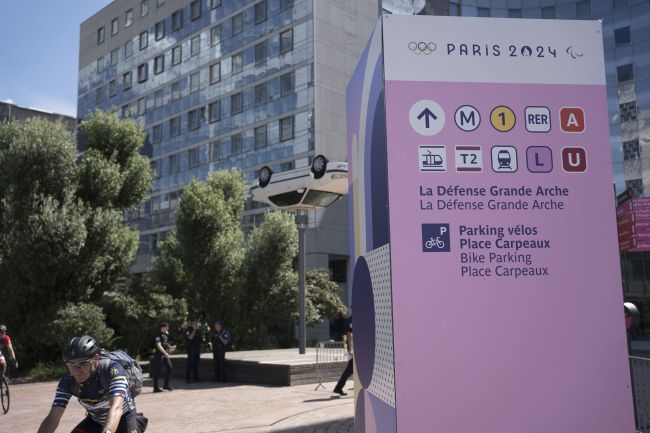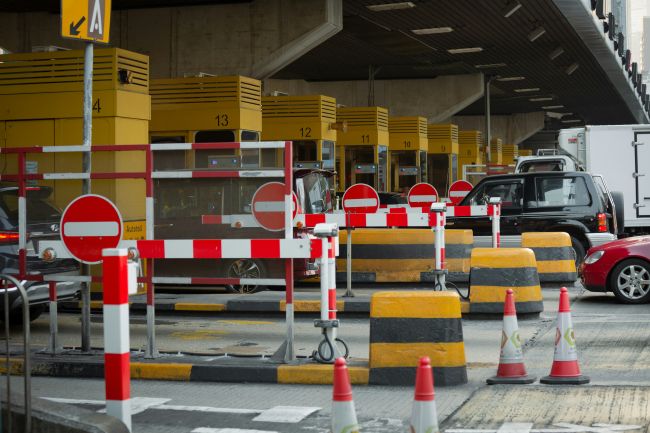PTP, a route to a more active lifestyle
While there is widespread acknowledgement of an obesity crisis, there is a lack of consensus on how the Government should deal with it.
While there is widespread acknowledgement of an obesity crisis, there is a lack of consensus on how the Government should deal with it. New evidence obtained recently by Steer Davies Gleave has given weight to the fact that Personalised Travel Planning can be a cost-effective way of increasing active travel. This is in addition to its benefits to the economy, congestion reduction and air quality.
Obesity crisis
A quarter of adults in England are obese, up from 15% in 1993, with a further 37% overweight; among children aged 10–11, 19% are obese and 14% overweight. The cost to the NHS has been estimated to be £6.3 billion in 20151.
The issue of obesity has led to Public Health England and the Department for Transport to issue guidance to Directors of Public Health and Directors of Transport which states (among other things) that:
- Physical inactivity is a major public health issue.
- Walking and cycling for transport are the most appropriate physical activity options.
- More cycling and walking achieves multiple public health objectives.
Tackling obesity requires decisions on the balance between positive encouragement (or ‘nudge’) approaches and more punitive ones. The challenge is that, while the punitive approach may have more impact in the short term, it also tends to be unpopular and can result in a public backlash. A recent example is the response to the proposal by the medical profession to tax sugary drinks2.
Personalised Travel Planning (PTP) is an ideal ‘nudge’ tool, in that it is both effective and liked. For example, our six 2014 PTP projects achieved increases of 25% in walking and 13% in cycling, while at the same time achieving customer satisfaction levels of well over 90%.
What is PTP and why is it different?
PTP is an approach to travel behaviour change involving individual conversations between travel advisors and participants. A key aspect of how Steer Davies Gleave does PTP is using Motivational Interviewing techniques, which enable the participant to identify their frustrations and resulting changes to their travel behaviour themselves. A range of tailored resources and incentives are also provided, such as local guides and maps, cycle maintenance and training, and pedometers for self-monitoring of activity levels. We recommend resources and incentives which facilitate the proposed change rather than “freebies” to promote change.
PTP can be undertaken in many locations, though the most common are at workplaces, or on people’s doorsteps in residential areas. What makes PTP uniquely effective is the level of engagement between the trained travel advisor and the individual participant. This has a much higher impact than an approach based on simply pushing out information or advice, or which relies purely on technology.
Is PTP value for money?
PTP is not only effective at influencing behaviour, but also provides exceptional value for money. For example, for the six PTP projects we undertook in 2014, the Benefit Cost Ratio (BCR) of the health benefits alone amounted to 7.4 for walking and 9.2 for cycling. This means that for every £1 spent on encouraging walking the health benefits are worth £7.40, not including other benefits such as helping the environment, reducing congestion, or supporting the economy. In comparison, the average BCR for local transport schemes is 1.73.
The impact of a PTP project is, however, very context-specific and dependent on factors such as the type of people living in the area and the availability of good travel options. Over the years we have learnt a great deal about what works in certain circumstances. We have developed tools such as Smarter TravelStyle, which help to capture this learning and apply it to new projects.
So, as long as local conditions are taken into account, PTP can be an effective means of encouraging people to be more active as part of their everyday routine. It can either be treated as a standalone intervention, or as part of a wider strategy which involves, for example, improvements in the urban realm, or measures targeting an increase in sporting activities.
1House of Commons Briefing Paper Number 3336, 26 June 2015
2www.theguardian.com/society/2015/jul/14/taxing-sugary-drinks-is-not-the-solution
3Rates of Return on Public spending on Transport, RAC Foundation 2009

















